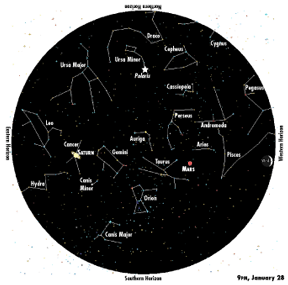 |
|||||||||||||||||||||||||||||||
|
|||||||||||||||||||||||||||||||
|
Closing Cosmic CyclesWelcome the Year of the Dog
Thursday, January 19, NASA launched the space-probe New Horizons on a nine-year mission to our solar system’s outermost planet, Pluto. Discovered by Clyde Tombaugh in 1930, Pluto is also the last planet not viewed by a passing earthen spacecraft. Two weather delays were not the only pressures weighing on the launch. The project sparked debate over the craft’s plutonium-powered engines and a possible lift-off explosion. But as New Horizons safely cleared earth orbit, it carried another payload, one closing the cosmic loop: a tiny canister bearing cremated remains of Clyde Tombaugh. January 29 marks Chinese New Year. Our modern Western calendar, most recently the Gregorian calendar of 1582, is linear, marking each year since the birth of Christ. The Chinese calendar is based on a cyclical concept of time following sun, moon and planets and delineated by Years, roughly 365 days; Great Years of 12 Years; Cycles of five Great Years or 60 Years; and Epochs of 60 Cycles or 3,600 Years. The year 2006 is the 23rd Year in the 18th Cycle of the second Epoch, or the year 4703. Since 1911, the Chinese have followed the Western calendar except for feasts and festivals like Chinese New Year. Each of the 12 years in the Chinese calendar corresponds to a different animal or beast, similar to the Western zodiac’s 12 monthly signs. This year begins the year of the dog; then comes the year of the pig, rat, ox, tiger, rabbit, dragon, snake, horse, ram, monkey, rooster. The order of the Chinese zodiac was determined long, long ago. The animals argued over who should come first, so they asked the gods to decide. A race was called to see which creature could most quickly cross the river. At once the animals plunged in — except the rat, who had jumped upon the back of the ox. As the ox was about to emerge from the water, the rat jumped to shore. |
||||||||||||||||||||||||||||||
|
|
|||||||||||||||||||||||||||||||
|
© COPYRIGHT 2004 by New Bay Enterprises, Inc. All rights reserved. |


